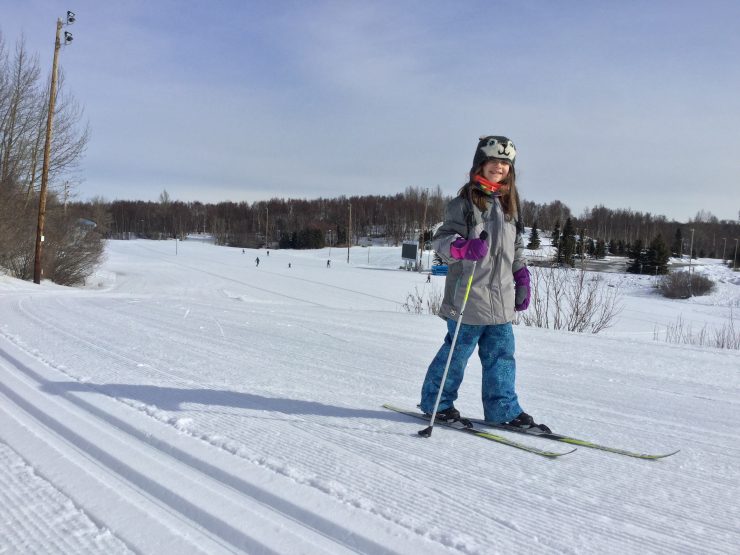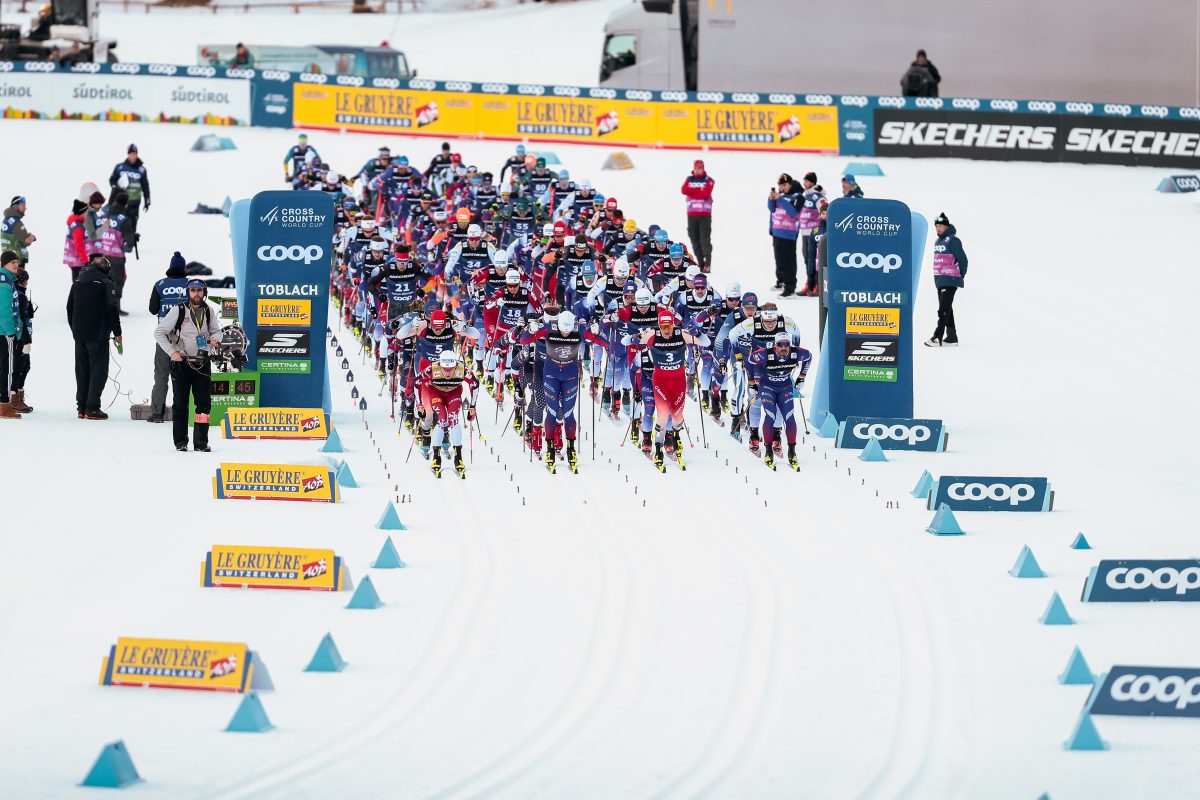
You may have noticed that health concerns are on everyone’s mind these days. You may also have noticed that your favorite park/ski trail/hiking trail/bike path is unusually crowded, as a nation of stay-at-home individuals ventures out for fresh air and the undeniable health benefits that physical exercise provides.
FasterSkier here compiles some recent popular scholarship on the topics of exercise best practices in the time of coronavirus. FasterSkier explicitly does not give its imprimatur to any of them; this reporter is an attorney-turned-stay-at-home-parent, and is not qualified to pass judgment on the scientific work of credentialed epidemiologists or aerosol scientists.
With that caveat in mind, here’s a roundup of some recent articles from reputable sources. Be safe out there.
Christie Aschwanden, “This Is the Exercise Your Body Needs During the Coronavirus Outbreak”
The social media-friendly title notwithstanding, Aschwanden’s credentials to survey current scientific recommendations are sound; she wrote Good to Go, and has previously contributed to the New York Times, Runner’s World, NPR.org, Discover, and the Washington Post. She has also raced professionally for the Rossignol team, which does not in itself make her a better scientist, but does give her firsthand experience with elite-level training.

In Aschwanden’s piece, from March 20, she cites scholarship in the Journal of Sport and Health Science, and interviews David Nieman, the author of relevant studies. She underscores the role of hard exercise in suppressing one’s immune system, writing, “So what kind of exercise intensity and duration is sufficient to push you from helping your immune system to hobbling it? Nieman says that it’s when the effort is hard enough to force your body to dig deep into its muscle glycogen – the stored sugar that fuels muscles. ‘In our lab, the stress starts after 60 minutes of intense efforts and gets really bad after 90 minutes,’ he says.”
Aschwanden concludes that “A good rule of thumb is to limit sustained exercise (greater than 60% effort, which means 60% of your max heart rate) to no more than 60 minutes at a time. One way to do this while still getting in some harder exercise is with intermittent intensity, where you mix some high-intensity efforts with rest or low-intensity exercise.”
Alex Hutchinson, “What’s the best way to exercise to maintain a strong immune system?”
Alex Hutchinson, much like Aschwanden, is both a former high-level athlete (middle-distance track runner, in his case) and the author of a well-reviewed sports science book, in this case Endure: Mind, Body, and the Curiously Elastic Limits of Human Performance. In a March 29 column for Canadian newspaper The Globe and Mail, he surveys much of the same ground as Aschwanden.
Hutchinson notes that “Doing regular moderate exercise lowers your risk compared to doing nothing; studies typically find that near-daily moderate exercisers report about half the typical number of upper-respiratory tract infections. That’s an important message for anyone who’s tempted to slack off their fitness routine until life returns to normal.” But, much like Aschwanden, he also discusses the potential concerns of too much intensity.
Hutchinson’s bottom line is the same 60–60 recommendation as Aschwanden’s; both authors cite scholarship by the American immunologist David Nieman to support this conclusion. But Hutchinson also cites work done by a British exercise immunologist, which “compared the effects of two hours of low-intensity running with 30 minutes of high-intensity running. The longer bout disrupted immune response more than the shorter one, suggesting that duration is a bigger risk factor than intensity.”
Tara Parker-Pope, “Can I Boost My Immune System?”
If you’re looking for magic bullets, this piece, from a long-time New York Times consumer health writer, is not going to give them to you. But if you’d like to see the science behind why lowering your stress levels, improving your sleep habits, and eating a balanced diet will, probably, improve your body’s overall immune response, Parker-Pope provides the citations.
The Denver Post, “Six feet may not be enough distance to stop the spread of coronavirus, experts say“
This article from April 1 (really) summarizes the working recommendations of 37 scientists making up “a group of global experts in aerosol science.” It quotes an aerosol science professor who notes that the World Health Organization “already recommends wearing respiratory protection such as N95 masks for health care workers performing aerosol-generating procedures. But they have failed to recognize that regular breathing is a well-established aerosol-generating procedure, which is increased by talking or heavier breathing, such as when exercising.”
Of particular interest to skiers or other athletes, the article also notes, “‘If runners and joggers are breathing hard, it could cause any virus released in their breath to travel farther if they are infected,’ said Linsey Marr, a professor of civil and environmental engineering at Virginia Tech University, who researches the airborne transport of infectious diseases. ‘It wouldn’t hurt for them to maintain a greater distance.'”
Gavin Kentch
Gavin Kentch wrote for FasterSkier from 2016–2022. He has a cat named Marit.



